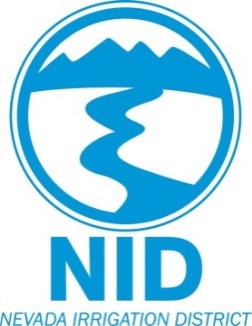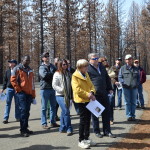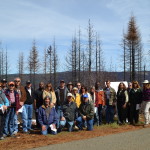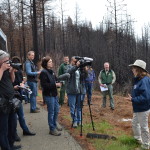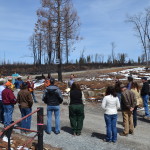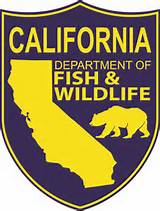California Water Rights Law: 100 Years and Counting – and Concerned
The long history of California is embattled with disputes over water diversions for export to other regions. The US Army ran out the Paiutes from the Owens Valley in the Eastern Sierra Nevada region that destroyed the Paiutes quality of life and largely destroyed the environment. The battle over the O’Shaughnessy Dam that flooded the Hetch Hetchy Valley in Yosemite National Park, which facilitated water conveyance transportation from Yosemite to San Francisco and its suburbs. This came after a failed attempt at the targeted Lake Tahoe. Disputes, broken agreements prevail to this day.
The Mountain Counties Water Resources Association (Mountain Counties) is concerned with the State’s notices of the intent to take the unprecedented actions of curtailing vested pre-1914 appropriative rights and requiring reductions of riparian water rights.
Mountain Counties consists of 54 member entities located in all or a portion of 15 counties within the Sierra Nevada and Cascade mountain ranges. These foothill and mountain areas contain the headwaters for 40% of the state’s developed water supply and our members are vigilant stewards of these precious environmental resources. A primary Mountain Counties objective and goal is to assist the region in protecting water rights to ensure a reliable, sustainable water supply for our economic and environmental well-being for many future generations.
The water system in California is very complex and the severity of the drought requires appropriate regulatory action. Mountain Counties supports the State’s adherence to the water right priority system in curtailing post-1914 water rights for the protection of senior water rights, including previously stored water. However, our position is that no regulatory action should be imposed with respect to the long-standing legal rights of pre-1914 senior diverters.
In the long and contentious history of water rights in California, one date brought order to the water right landscape: Dec. 19, 1914. The Water Commission Act of 1913 took effect on December 19, 1914. The Act divided the hierarchy of appropriative water rights – “Pre-1914” or “Post-1914.”
The appropriative water right system has been recognized in California since 1851. The water rights claims that existed before the passage of the Water Commission Act were grandfathered in, and have senior water rights initiated under the Water Commission Act of 1913. Water rights granted after 1914 were subject to a more orderly permitting and licensing procedure administered by the Water Commission, a predecessor of today’s State Water Resources Control Board.
In the 1930s a set of laws enacted during the formative years of the California’s major water projects were put on the books to alleviate northern Californians fears that local water supplies would be depleted. Projects were being planned to export major amounts of water from areas of water abundance to areas of water need. The areas of abundance included northern California, and the Sierra Nevada mountains. Collectively, these laws are designed to protect water rights throughout a watershed, giving priority to water right holders with the earliest documented water right claims. Their intent seems clear; to provide some measure of protection for area of origin water such that water will be available for future needs notwithstanding the development of export projects.
The effect is to reserve water that originates in a county until such time as it may be utilized for development within that county. The word “originates” means falls in the form of precipitation; therefore, the term “county of origin” applies to the county in which the water originates, or the county where the precipitation falls.
To underscore the importance of this set of laws, in 1955 then Attorney General Edmund G. (Pat) Brown wrote an analysis that said, “these two statutes were enacted at different times and appear in different parts of the Water Code. However, they have a common purpose, i.e., to reserve for the areas where water originates some sort of right to such water for future needs which is preferential or paramount to the right of outside areas, even though the outside areas may be the areas of greatest need or the areas where the water is first put to use as the result of operations of the Central Valley Project.”
This foundational system is still in place today, incorporated in the state Water Code, yet is constantly challenged. Coupled with the long-standing statutes, and the hierarchy of water rights, the State should respect the long-standing legal rights of pre-1914 senior diverters and uphold pre-1914 water rights, particularly where they serve areas of origin.
Written by John Kingsbury, Executive Director of the Mountain Counties Water Resources Association
POSTED:


